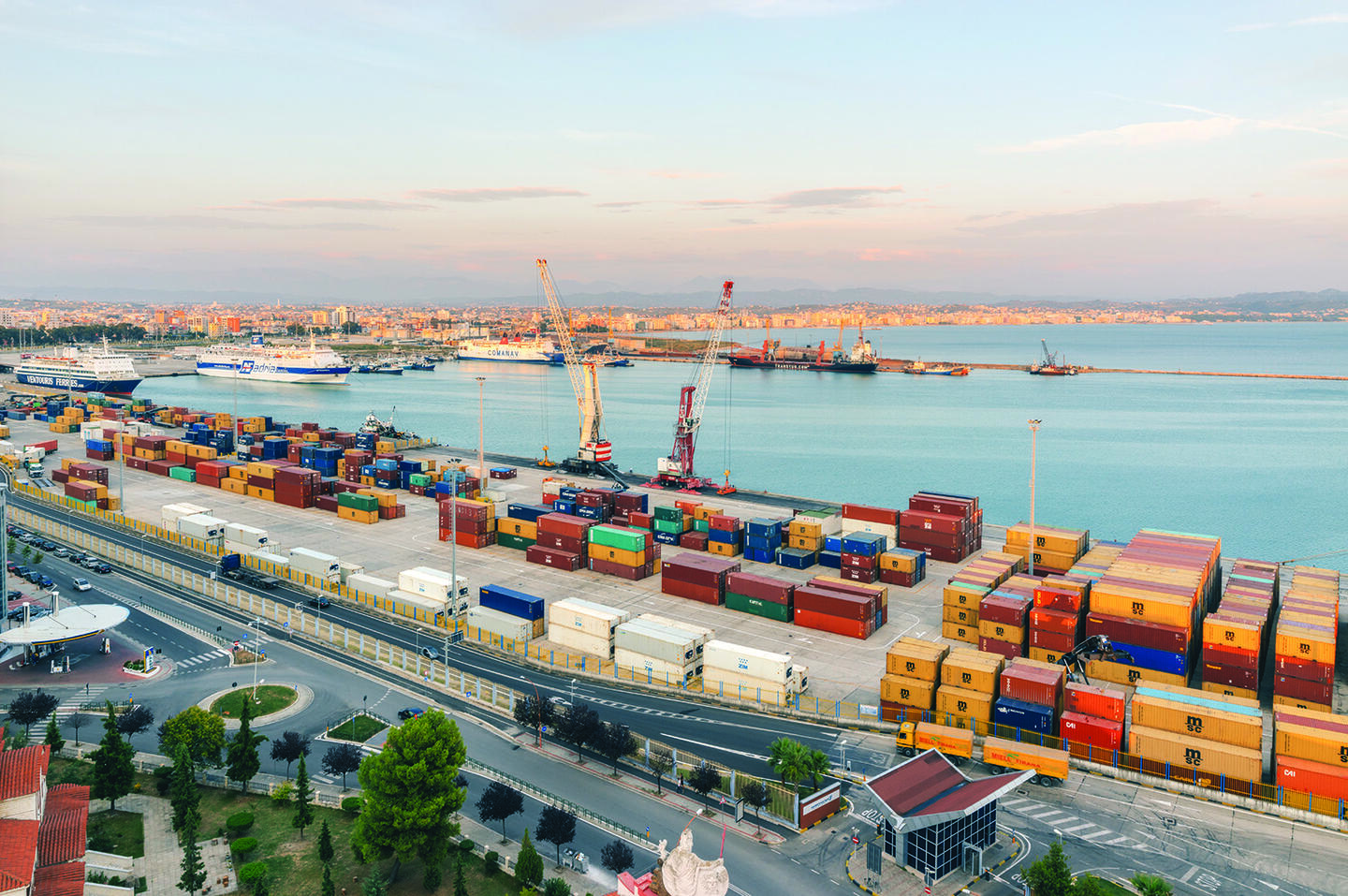
Addressing NTMs to facilitate trade through coordinated policy interventions
Studying and analysing trade barriers may be the best way to vanquish them
Notwithstanding the recent escalation in tariffs for protectionist purposes, there has been an exponential rise in the use of non-tariff measures (NTMs) globally. This has coincided with consumers, especially in the developed world, becoming more conscious of the quality of what they consume and buy. As a result, governments are resorting to using NTMs for their national development goals.
According to the Global Trade Alert (GTA), only 15% of the harmful policy instruments since the 2008 global financial crisis were due to policy measures while the rest were related to NTMss.
NTMs may be completely legitimate and more often than not are used to address genuine social concerns of public or private stakeholders. However, they can and do become barriers to trade when they negatively impact trade flows and result in unnecessary compliance costs for traders. To make matters worse, evidence suggests that many countries are deliberately using NTMs with a protectionist intent to constrain imports. As such, any attempt to address trade barriers arising from such measures must consist of a detailed analysis of the objectives behind their implementation; their legality as per the national, regional legislations and trade agreements; root causes of the resulting trade barriers; and implementation modalities.
This analysis is a stepping-stone towards developing alternate policy options to delicately balance the legitimate objectives of governments with the ease of doing business for the private sector in complying with these measures.
The International Trade Centre (ITC) is currently implementing a regional project in the Central European Free Trade Agreement (CEFTA) parties in Western Balkans funded by the European Union, which aims to address or eliminate non-tariff barriers (NTBs) in iron, steel and edible-vegetables value chains to boost intraregional trade.
The first step of the project was to map the regional value chains to analyse the segments in which different CEFTA parties participate and to identify the key private-sector stakeholders, including traders, freight forwarders, distributors and trade support institutions among others. Stakeholders for each value chain were then consulted in detail to identify market access barriers within the CEFTA region along with their needs.
The main challenge faced in gaining insight into the most burdensome issues was the private sector’s perception that it has to comply with regulations and procedures without the opportunity to question them. To counter this, best practices, case studies and trade facilitation indicators from other regions were used to highlight the impact of NTBs on their competitiveness.
Subsequently, regional business advisory groups were formed to prioritize the NTBs on the regional levels that were most problematic for regional integration. These were classified into three main categories: (i) quality-related issues such as no mutual recognition of certificates (related to technical measures) and lack of testing infrastructure; (ii) trade facilitation-related issues such as complex procedures and long queues at the border; and (iii) issues related to non-technical measures such as subsidies and quantity- control measures.
This follows a global trend when it comes to NTBs faced globally, where quality-related regulatory issues and trade facilitation-related procedural issues are perceived to be most burdensome. ITC business surveys in more than 25 countries showed 65% of the NTBs in agricultural trade and 77% of those in manufacturing trade are related to enforcement issues rather than strict regulations.

The next step in addressing NTBs is to analyse the issues in detail to assess the root causes and the responsible agencies and subsequently develop policy options, which are not as burdensome for the private sector. In the CEFTA project, various studies have been launched to identify the root causes for each category of NTBs which can then be used to devise alternative policy options with inputs from the public and private sectors.
For the quality-related issues, detailed national and regional studies were launched by ITC to assess sanitary and phytosanitary- (SPS) and technical barriers to trade- (TBT) related regulatory and institutional frameworks, which also included an assessment of the testing laboratories’ infrastructure. All CEFTA parties have the ultimate goal of joining the EU and are in the process of aligning their rights and obligations accordingly (EU Acquis). However, they are at different levels of doing so, and the main challenge was to consolidate the national findings and develop a way forward for the whole region to address and resolve the related NTBs.
Similarly, for trade facilitation-related issues, detailed business process analysis studies are being carried out throughout the region to map the export and import procedures and identify bottlenecks in customs and other international trade procedures. This will be followed by an analysis of the bottlenecks with different trade agreements including the World Trade Organization (WTO) Trade Facilitation Agreement (TFA), CEFTA Additional Protocol 5, EU Acquis, and others to develop recommendations and policy options, which can then be taken to regional public-private dialogue mechanisms for implementation.
The issues related to non-technical measures are being assessed against national laws and regulations and regional and multilateral trade agreements to determine their legality and to look for alternate policy options.
Finally, ITC will assist the CEFTA parties to implement the recommendations stemming out of the detailed analyses to eliminate the most harmful non-tariff measures. Even though the project focuses on specific value chains, most recommendations – particularly in trade facilitation – are cross-sectoral in nature and should go a long way towards boosting the regional integration efforts within the CEFTA region.



